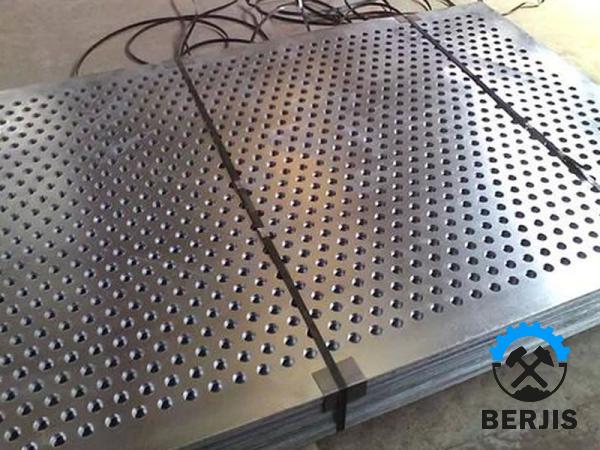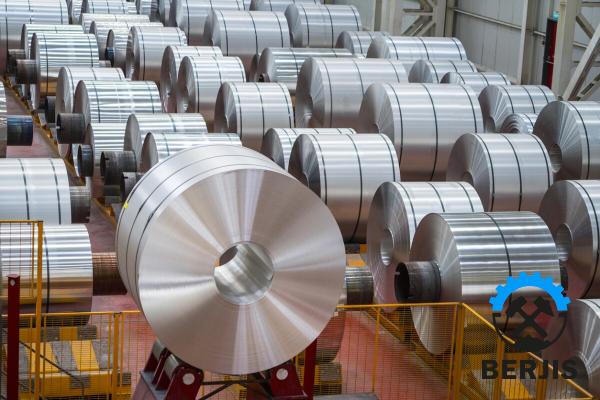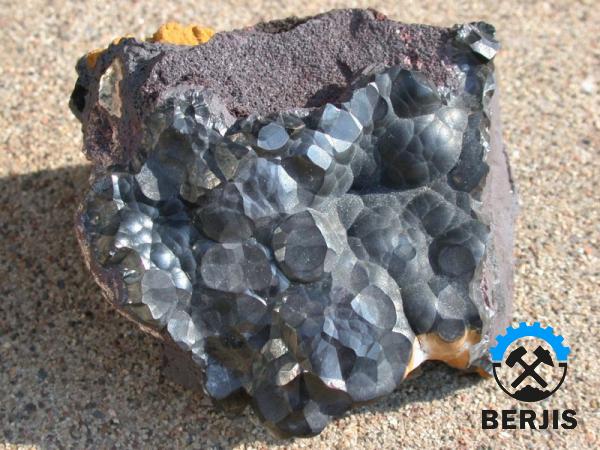Hot briquetted iron ore is offered at wholesale prices in many different Iranian companies in cities and provinces. Also, some of these products and factories offer major products to their customers online. Major online shopping of these products is very popular. Dear applicants and buyers, you can register your iron briquette order at a reasonable price in bulk through this site. Prices are greatly reduced as sales intermediaries are completely removed from the buying and selling cycle. Major purchases come with special discounts.
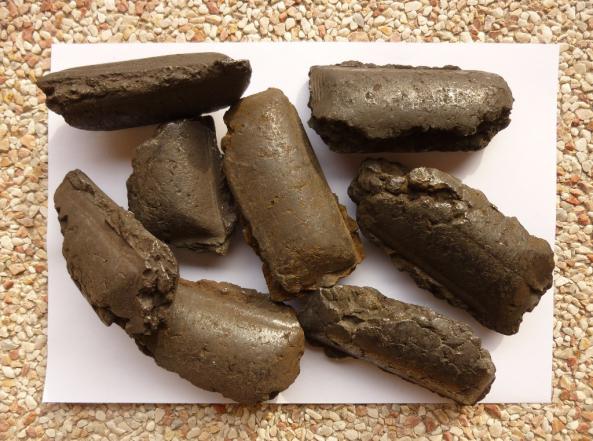
Wher to Buy Hot Briqutted Iron Ore?
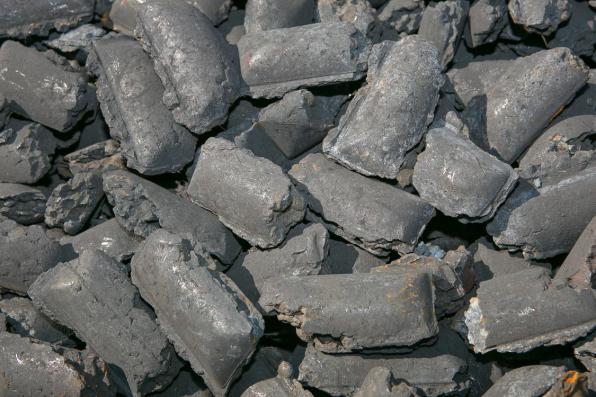 The buying hot iron briquettes, the safest type of briquettes among the easy-to-transport types, has made good progress in exports. The advantages of hot briquetted iron ore have led to the development of its production. One of the advantages is that Hot briquetted iron ore is easier to charge and store than iron itself. Iron ore can ignite and explode, while hot briquetted iron ore is unlikely. Briquettes are classified into two types of iron briquettes and soft iron briquettes based on the input charge. Iron briquettes are classified into two types based on the temperature of the iron entering the briquetting machine. The use of hot briquetted iron ore is increasing due to its applications in the industry, buyers to buy high quality iron ore at a reasonable price need to identify product manufacturers to be able to buy the product at a reasonable price, shopping centers of this type of iron ore has provided online shopping for the convenience of the people.
The buying hot iron briquettes, the safest type of briquettes among the easy-to-transport types, has made good progress in exports. The advantages of hot briquetted iron ore have led to the development of its production. One of the advantages is that Hot briquetted iron ore is easier to charge and store than iron itself. Iron ore can ignite and explode, while hot briquetted iron ore is unlikely. Briquettes are classified into two types of iron briquettes and soft iron briquettes based on the input charge. Iron briquettes are classified into two types based on the temperature of the iron entering the briquetting machine. The use of hot briquetted iron ore is increasing due to its applications in the industry, buyers to buy high quality iron ore at a reasonable price need to identify product manufacturers to be able to buy the product at a reasonable price, shopping centers of this type of iron ore has provided online shopping for the convenience of the people.
Precies Structure of Hot Iron Ore
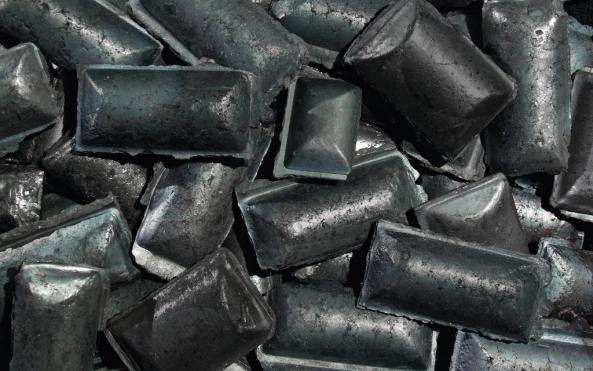 iron ore structure is a type of ore that contains amounts of iron (Fe) that must be refined before use. To purify this stone, the process of melting and reduction in furnaces must be done in the usual way today. This rock is one of the most abundant metal rocks on Earth, so it can be said that about 5% of the total earth’s crust is iron oxide. The two most common minerals in hot iron ore are hematite and magnetite. Hematite is a mineral with the chemical formula Fe2O3 and the letters equivalent to Hadid and Shadneh. This mineral contains about 70% (iron) and 30% oxygen. This mineral is used in dyeing and production of anti-corrosion materials. Another mineral called magnetite is derived from the Greek word meaning magnet. The chemical formula of the mineral is Fe3O4 magnetite and it contains 72% of iron. Of course, there are other types of hot iron ore that are characterized by their constituent minerals, zeolite, limonite, siderite, granalite, marcalite, etc. The first step in obtaining raw iron ore resources is to identify the ore rich in this ore, which is done by engineers and mining specialists. After identifying potential mines, iron ore is extracted and prepared to separate impurities and obtain pure metal. Refined iron is obtained as a dark powder that is very vulnerable to oxidation and impact. In fact, in order to be suitable for use in strong metal structures in various industries such as construction, it must first be combined with other elements. The combination of iron with other elements, usually carbon, nickel and chromium, is called an alloy. Hot ores now found on the market come in a variety of shapes. In addition to the differences in chemical formulations between them, they are also found in various physical forms such as granules, concentrates and pellets. These stones will be used to make various metal structures made of cast iron and steel. Today and earlier civilizations have all used this metal more than other types of metals.
iron ore structure is a type of ore that contains amounts of iron (Fe) that must be refined before use. To purify this stone, the process of melting and reduction in furnaces must be done in the usual way today. This rock is one of the most abundant metal rocks on Earth, so it can be said that about 5% of the total earth’s crust is iron oxide. The two most common minerals in hot iron ore are hematite and magnetite. Hematite is a mineral with the chemical formula Fe2O3 and the letters equivalent to Hadid and Shadneh. This mineral contains about 70% (iron) and 30% oxygen. This mineral is used in dyeing and production of anti-corrosion materials. Another mineral called magnetite is derived from the Greek word meaning magnet. The chemical formula of the mineral is Fe3O4 magnetite and it contains 72% of iron. Of course, there are other types of hot iron ore that are characterized by their constituent minerals, zeolite, limonite, siderite, granalite, marcalite, etc. The first step in obtaining raw iron ore resources is to identify the ore rich in this ore, which is done by engineers and mining specialists. After identifying potential mines, iron ore is extracted and prepared to separate impurities and obtain pure metal. Refined iron is obtained as a dark powder that is very vulnerable to oxidation and impact. In fact, in order to be suitable for use in strong metal structures in various industries such as construction, it must first be combined with other elements. The combination of iron with other elements, usually carbon, nickel and chromium, is called an alloy. Hot ores now found on the market come in a variety of shapes. In addition to the differences in chemical formulations between them, they are also found in various physical forms such as granules, concentrates and pellets. These stones will be used to make various metal structures made of cast iron and steel. Today and earlier civilizations have all used this metal more than other types of metals.
How To Make Hot Iron Ore?
 Making hot iron obtained from mines is of low grade and must be refined. After iron ore extraction, it is first prepared in several stages of processing and import to the furnace. These steps include crushing, grinding, sieving and then washing. Finally, using flotation method or magnetic separators, the grade increases to about 65-60%. The resulting stones are then cut to dimensions of 6 to 25 mm to be suitable for loading in the furnace. In furnaces called blast furnaces, concentrated iron ore along with limestone and coke coal are exposed to high temperatures.
Making hot iron obtained from mines is of low grade and must be refined. After iron ore extraction, it is first prepared in several stages of processing and import to the furnace. These steps include crushing, grinding, sieving and then washing. Finally, using flotation method or magnetic separators, the grade increases to about 65-60%. The resulting stones are then cut to dimensions of 6 to 25 mm to be suitable for loading in the furnace. In furnaces called blast furnaces, concentrated iron ore along with limestone and coke coal are exposed to high temperatures.

